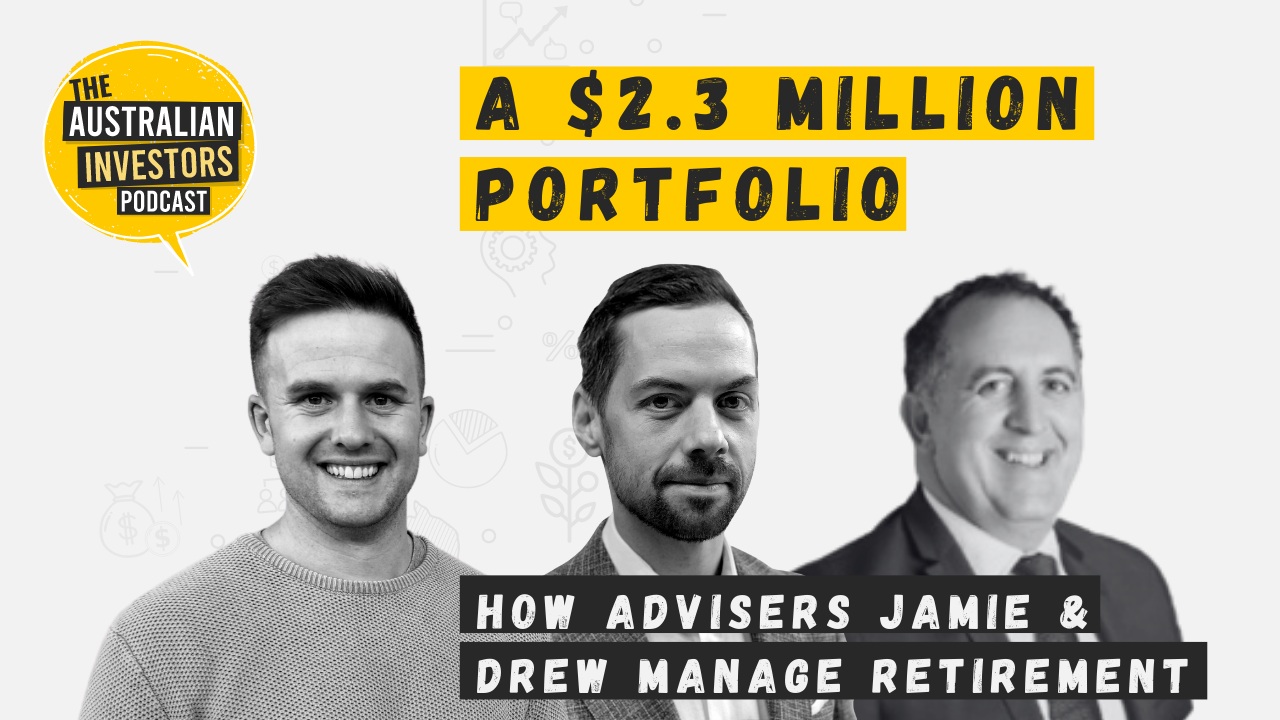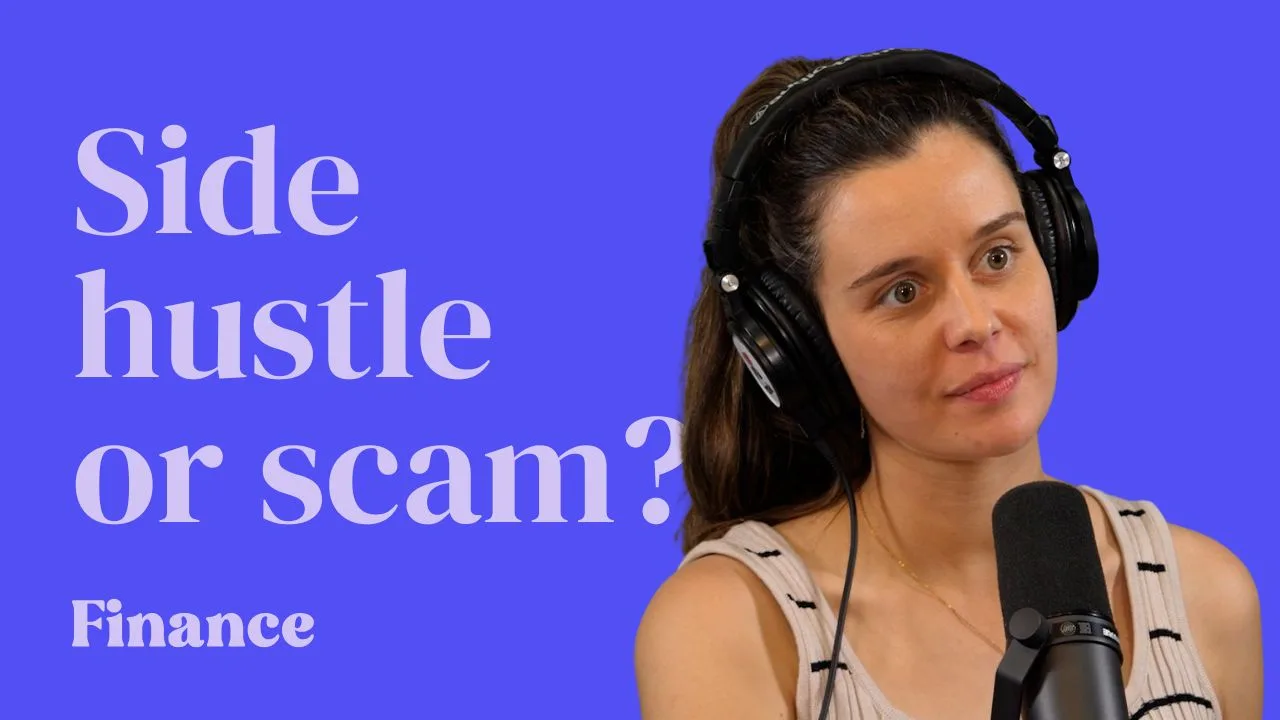In the lead up to (and in) retirement, I think too many people make costly mistakes with their money.
But it’s easy to see why, since there are so many challenging and uncertain questions to answer…
Do I have enough to earn $80,000 per year? (that’d be nice!)
Do I want to leave something to my kids? (let’s be real, probably not)
When (and how) should I draw money from Super? (and why are there so many types of pensions!?)
Do I still need income protection or health insurance? (depends, do you feel lucky, punk?)
Now seems like a good time to take control of my portfolio, right? (ask yourself, will this newfound passion for investing keep burning or fade after 3 years?)
After all of that, of course, we have the most important stuff to consider, like European holidays, a new car, the long-awaited kitchen reno, and so on.
Basically, there’s a lot to think about.
And it’s at this time in our lives when most people have bigger bank balances and less time (and income) to recover from mistakes.
Hence why I say it’s at this time many (but not all) of us will want to reach out to a financial planner for expert help.
But where do you start? What does getting advice look like? Can you get examples to follow?
To make this often daunting process and challenge a little fun and insightful, this past fortnight, I challenged two certified financial planners (CFP), Jamie Nemtsas & Drew Meredith, of Wattle Partners to tackle this problem.
Please note: Jamie & Drew are investors in my business, Rask Australia. But we/I don’t receive a cent from them (or anyone) for things like commissions, referrals, “introductions”, or anything of the sort — that wouldn’t fit with either of our philosophies. We work together on projects like this because we want to help, not because we’re paid to.
In a recent episode of The Australian Investors Podcast, I handed them an example of a couple, Craig (62) and Fiona (55), who have over $2 million in assets but don’t really know how they’re going to retire.
Below, I’ve included the situation of this couple, their goals and a link to the video interview & podcast with Jamie & Drew.
If you’re not anywhere near retirement (like me), the conversation is still incredibly useful for thinking about things such as how to deal with the rising risk of inflation, securing a stable dividend income from managed funds and ETFs, and tax-effective ways to boost Super.
The situation
The fictitious couple Jamie and Drew are working with are:
Craig (62)
- Earning $125,000 per year as a mechanical engineer, PAYG.
- Super: Craig has $850,000 in super, currently maximising his SG. He has a balanced strategy and pays $5,500 in insurance inside super. Super has returned 6.6% over the past 10 years.
Fiona (55)
- A Business Development Manager for a technology company, earning $110,000, plus $10,000 in bonuses, PAYG.
- Super: She has $670,000 in super. She has a balanced strategy and pays $3,500 in insurance inside super. Super has returned 5.4% over the past 10 years.
Their current situation
- They have $100,000 left on their mortgage and the house is worth $880,000.
- Have two adult-age children, who are self-sufficient.
- Both believe they are high-risk investors, but Craig is more conservative and keen to replace his income with defensive positions (as much as possible).
- Fees on their super funds are estimated at 1.2% per year.
- They have $450,000 in managed funds and shares.
- They have $300,000 in cash.
- They estimate they need $80,000 to live comfortably.
- Craig’s super insurance covers him for $190,000 (life & TPD) and his income protection is only $4,000 per month.
- Fiona’s super insurance covers her for $260,000 (life & TPD) and her income protection is only $3,000 per month.
Craig & Fiona’s goals:
- They plan to retire in 3-5 years
- Want to be debt-free before retirement. Should they use their cash for this?
- Craig is thinking of buying an investment property for yield, just before retirement.
- Need to build an investment portfolio capable of helping them live sustainably, but don’t know if their super fees and strategy are right.
- Want to have cash to feel secure, so they want to maintain a decent buffer.
- They’d rather be ‘hands off’ investors and leave it to the experts (funds, ETFs, etc.).
- Don’t need to leave anything to the kids.
The questions Drew & Jamie need to answer
- How does the financial planning process work?
- When Jamie & Drew meet with Fiona & Craig, what are 3-5 questions they would ask first?
Insurance:
- What are some factors Craig & Fiona need to consider? (assuming they have no material prior medical conditions)
- Should they drop their insurance?
Investment property:
- Is Craig ok to think of residential property as a source of good yield?
- What would be an alternative?
Investing:
- What goes into a risk profile?
- What are some simple Super strategies they could consider to boost their balance?
- Should they put their Super on a platform or go with an SMSF?
- Should they build a portfolio outside Super?
- ETFs or funds?
- What would be the mix (SAA) for a higher risk investor?
- What are some examples of funds or strategies in each ‘bucket’ of the portfolio?
- Would Jamie & Drew consider ESG as part of their investment process?
- What should they do with their cash versus mortgage goal?
- What are some of the risks Jamie & Drew identified in their situation (goals, risk profile, conflicting strategies, etc.)?
Get the recommendations
You can see all of Jamie & Drew’s answers to my questions about Craig & Fiona’s situation by either watching the video interview (below), or by listening to the audio podcast on Apple Podcasts, Google Podcasts or Spotify.
If you have any questions, be sure to follow up with me (inside Rask Invest) or email Drew & Jamie.
Cheers!
Owen Raszkiewicz
Lead Analyst, Rask Rockets
Founder, Rask
P.S. This newsletter came from my weekly Rask Investor Club market report, where I help you dissect ASX and global investments, make money, learn & invest better.
My weekly emails typically include a recent episode of The Australian Investors Podcast, Australia’s top expert investor podcast. To join our mailing list and get these insights delivered straight into your inbox, click here.









